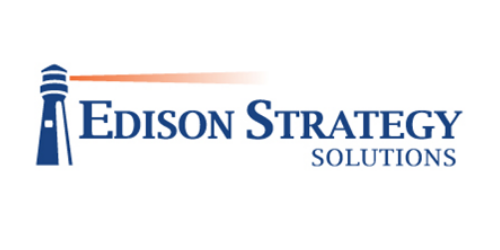Environmental Scanning Can Add Another Dimension to Your Strategy
/When developing their strategic plans, a lot of clients we work with (most, in fact) are adamant about getting input from staff—in addition to the leadership team—and important external organizations such as clients or donors to ensure they are getting more diverse input and to help with buy-in from these key stakeholders.
Getting input from these constituencies is important in developing your strategy because often an organization’s leadership team can have tunnel vision with respect to its mission, vision, and strategy and not always understand what other stakeholders need or want from it. However, engaging staff and external stakeholders in addition to your organization’s leadership team still leaves a “blind spot” in your strategy development process. What about the external environment? Does your organization properly take account of the external social, technological, environmental, economic, and political environment in which you operate?
According to a 2005 article in the Harvard Business Review, “Scanning the Periphery” by George S. Day and Paul J.H. Schoemaker, two-thirds of 140 corporate strategists surveyed said they “had been surprised by as many as three high-impact competitive events in the past five years.” The vast majority of those surveyed went on to say that their organization lacked an “early warning system” to help identify such issues.
Making environmental scanning a key part of your strategy development process can help prevent being surprised by high-impact events in your external environment. As I mentioned earlier, many organization mostly look internally and at the usual stakeholders when seeking input in the strategy development process. Including environmental scanning as part of the process can give you a critical tool in preparing your organization’s strategy for the future.
Organizations can create a regular, repeatable scanning process that is not too complex and can help uncover potentially high-impact issues early on. According to Day and Schoemaker, they can ask:
- What have been our past blind spots? What is happening in these areas now?
- Is there an instructive analogy from another industry?
- Who in the industry is particularly skilled at picking up weak signals and acting on them before everyone else?
- What are your maverick or outlier employees trying to tell you?
In addition, it is helpful to refer to industry associations, think tanks, or academic institutions that may have publications that look at trends in your industry. You can also track legislative and regulatory developments, technology, and general social trends and ask how they may impact your industry and your business in particular.


